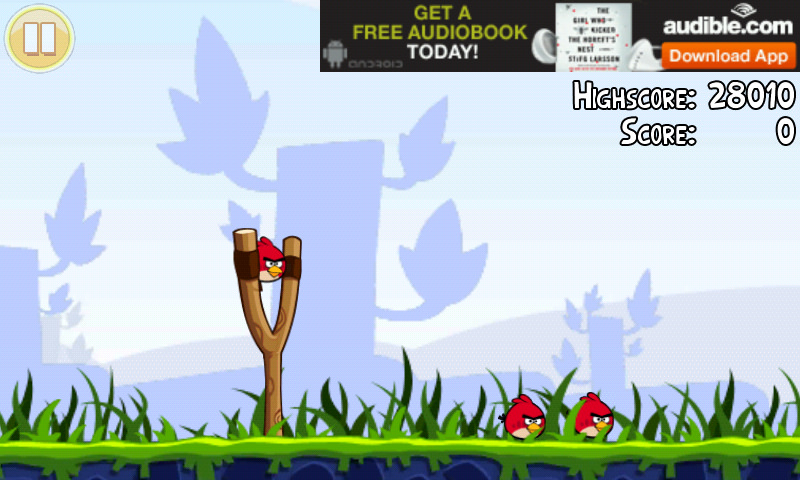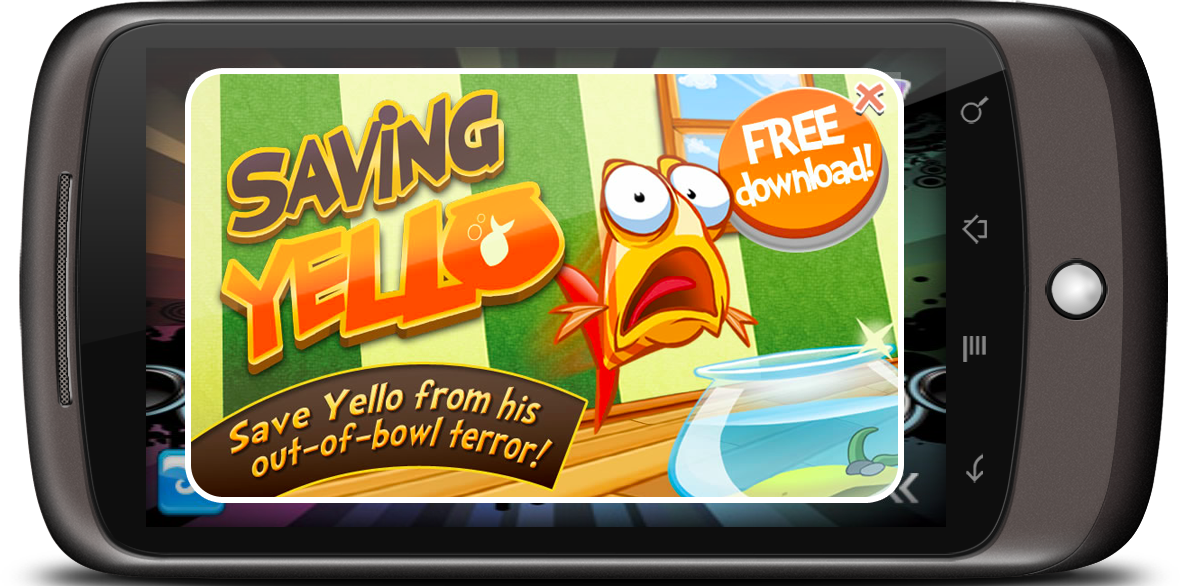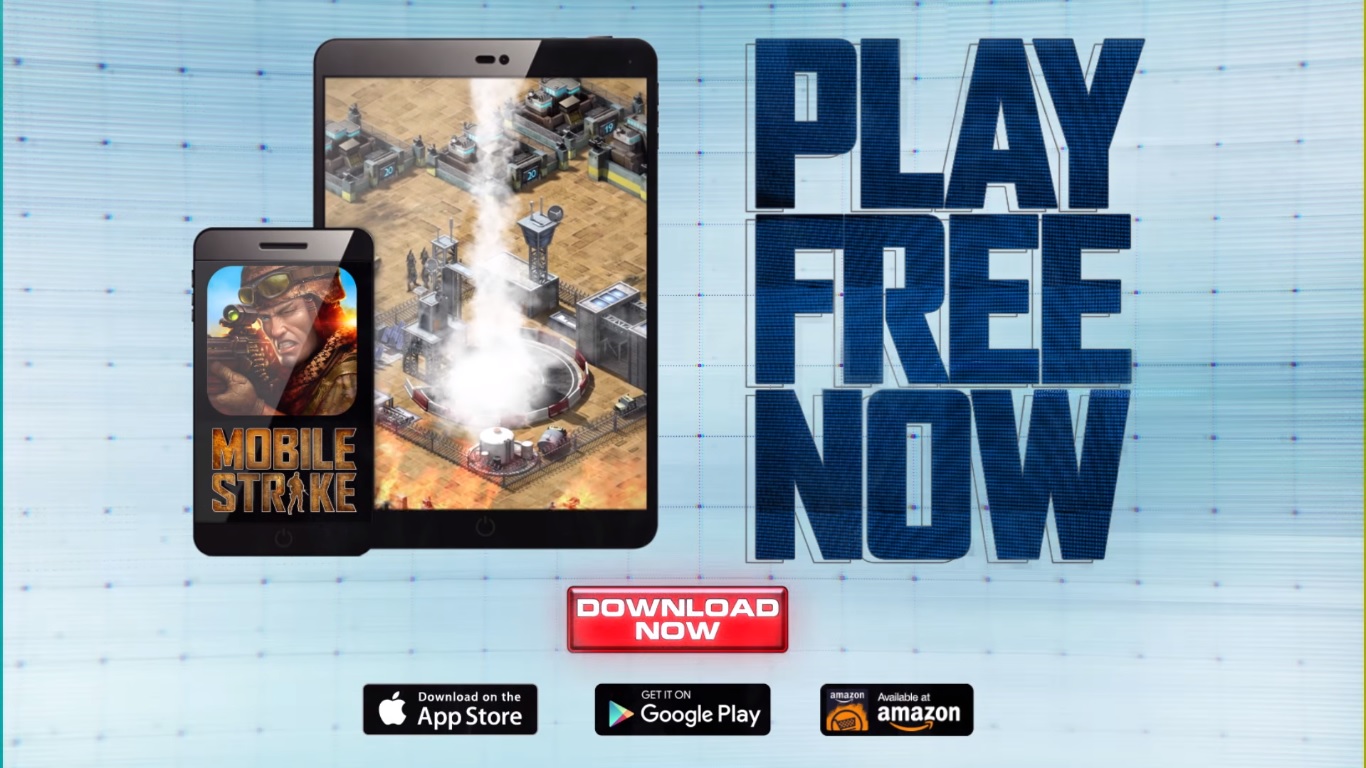
There are two types of mobile games in general: paid games and free-to-play games. Generating revenue from paid games is much more straightforward. The more users who buy and install the game, the more money developers make. It’s as simple as that. Some paid games offer only one-time transactions. Meaning, they don’t have in-app purchases.
Free-to-play games, on the other hand, need alternate avenues to earn money. The most common are in-app purchases, which are basically add-ons or optional content that enhance the gameplay in one way or another. They are usually designed to make the game easier and give paying users overpowered advantages over non-paying users, hence the term “pay-to-win.”
Another popular way developers make money off their games is through advertisements. Ads are often frowned upon by users because they are simply annoying to look at. Some ads also break the flow of the game content. But when done right, ads are an excellent and reliable avenue for developers to make money. In this article, we’ll list down the six types of ads often seen in mobile games.
Banner ads
Banner ads can be seen all over the internet, not just in mobile games. They are exactly what their names say: ads that “hang” at the top or bottom of the screen. Their purpose is to be attractive enough to get users to click on them. Banner ads are typically small in size. They are large enough to be seen by users but small enough to be unobtrusive during gameplay.
However, due to the small space allocated for them, banner ads rely more on images and less on texts. This gives more established names an advantage over lesser-known ones – brand recognition, in other words. Only a few words can be included in banner ads without appearing too cluttered or messy. So advertisers need to be direct and on-point when creating banner ad texts.
Banner ads are inexpensive and easy to produce. After all, they’re just small boxes containing a handful of words and a few images to draw the user’s attention. The thing about banner ads is that nobody really clicks on them. According to research by Marketing Insider Group, the average click-through rate of banner ads is 0.06 percent. And that’s for banner ads on the internet. Imagine the CTR of mobile game banner ads.
Rich media ads
Rich media ads are interactive ads containing a combination of texts, images, audio, and video. The goal of rich media ads is to engage users and hopefully pique their interest. Unlike banner ads, rich media ads can feature multiple images or screenshots (for a mobile game ad). This gives interested users a better look at the product.
There are also rich media ads that use a smartphone’s gyroscope and camera. Like that War Dragons ad, which allows you to check out the cool dragons by moving your smartphone around. These type of ads are highly creative and go beyond simple texts and images. The downside is that they’re heavier, size-wise, due to the media involved.
Interstitial ads
Interstitial ads can be one of the most annoying types of ads. Unlike banner ads, interstitial ads are full-screen ads that cover the entire game screen. They typically appear during transition screens, which happen in-between game levels. Basically, they’re glorified loading screens.
Interstitial ads usually stay on-screen for a few seconds, before giving users the option to close the ad via a hard-to-find “X” button somewhere on the ad. This is what makes them annoying to deal with. Admit it, you probably had a few experiences where you had to spend a few seconds looking for that damned tiny close button. Because of this, interstitial ads are often seen as momentum breakers, especially in a particularly action-packed mobile game. There are two types of interstitial ads: static text-and-image ads similar to banner ads but way bigger and video ads, which we’ll discuss next.
Video ads
As mentioned, video ads are interstitial ads, which play in-between levels or during loading screens. They are livelier and are more successful at getting the attention of users. They usually run 15-30 seconds because users have short attention spans. Now, there four types of video ads: forced, unforced, rewarding, and non-rewarding.
Forced – These are video ads that automatically play without waiting for you to hit the play button, therefore forcing you to interact with them. But you don’t really need to watch the full content of the ad because, after a few seconds, an option to close the ad usually appears.
Unforced – Obviously, unforced video ads are the opposite of forced video ads (duh). These video ads don’t automatically play without your consent. You have the option to play them before returning to your game, in case you’re interested, or completely discard them immediately. Unforced video ads are less annoying compared to forced video ads, for obvious reasons.
Rewarding – Rewarding or incentivized video ads are video ads that give players rewards or bonuses when played, hence the term. They usually appear after finishing a level and offer players the chance to boost their level rewards. For example, in an endless runner game where players collect coins, watching these video ads will double the collected coins from the just-ended level. Because of the incentives they offer, rewarding video ads have a much lower chance of being ignored by users.
Non-rewarding – The opposite of rewarding video ads, obviously. Like forced video ads, non-rewarding ads typically get shown the door as soon as the close button makes an appearance on-screen. They offer no incentive when viewed all the way, so there’s really no reason to sit through them. Unless you’re interested in what the video ad is selling, of course.
Notification ads
Notification ads are infinitely more annoying than interstitial ads. These are ads that go straight to your smartphone’s notification tab. You can think of them as sort of mini banner ads – except you can’t completely ignore them like regular banner ads. Notification ads force you to delete them manually unless you set your smartphone to automatically block them. If you’re a developer, it would be best to stay away from these type of ads because they are totally not cool.
Pop-up ads
Lastly, we have pop-up ads. These ads are a bit similar to interstitial ads in that they usually appear during transition screens or when the game is paused. They are pretty harmless and very easy to shove aside. Unlike pop-up ads on the internet, pop-up ads in mobile games are less annoying to deal with because they don’t come in batches. You can think of them as smaller, low-budget interstitial ads.
Recommended ad type?
Obviously, you can’t deploy all six types of ads in your mobile game, unless you want users to label your product as a shameless cash-cow. And if you’re an indie developer short on budget, you probably can’t afford all of them anyway. So which type of ad should you go for?
We recommend going for video ads that reward users with in-game goodies in exchange for viewing ads all the way to the end. It gives ads the chance to get the message across in full. Using this type of ad is a win-win scenario for everyone involved, really. Users get extra game content and bonuses, while ads get a higher chance of being viewed, which translates to commissions for the game developers.







One Comment